Numbers as Art (pArt 1) / Ilia Bouslakov (Russia)
Hi. It’s Ilia from Vologda (Russia), 43 years old. I’m not a professional artist (technical, financial and law background). A couple of years ago I started making art from numbers (drawings mainly) – 1, 2, 3 etc. in a row.
Why numbers? It’s a very difficult question to which I have no precise answer. Coincidence of many circumstances.
As of today, more than 400 works have been created. I called this project “Numbers as Art”. Yes, these two notions are not compatible at all, the very idea is absurd, etc., etc., but it turned out to be so natural to my soul and mind that nowadays I just can’t stop and I’m literally falling deeper and deeper in love with this project, the main goal of which is to show that numbers may look quite different from what we’re used to and can be art themselves.
It feels bizarre when you have to speak another language to explain something about numbers keeping in mind the fact that the latter do not need to be translated since everyone on the earth understands them.
Well, let’s get started. As an overview of this project, I’d like to share with you (in several posts) a few works which show principal ideas or directions of my practice.
Today I’m starting with numbers looking like humans (Paper 42×30 cm, acrylic). It was the first time when I realized that a number I had drawn accidently didn’t look like a number. Later on I started developing this idea and now I create such works intentionally.
One of the basic principles within this project – there should be no ambiguity in reading a specific number (rules of reading in order of priority: attention to details, from left to right, from top to bottom, common sense).
It means I don’t draw something that later on I call a certain number, but on the contrary: I proceed to a number (e.g. 256, having completed the work on 255) that is going to be turned into something.
More works at Www.instagram.com/0123456789art/
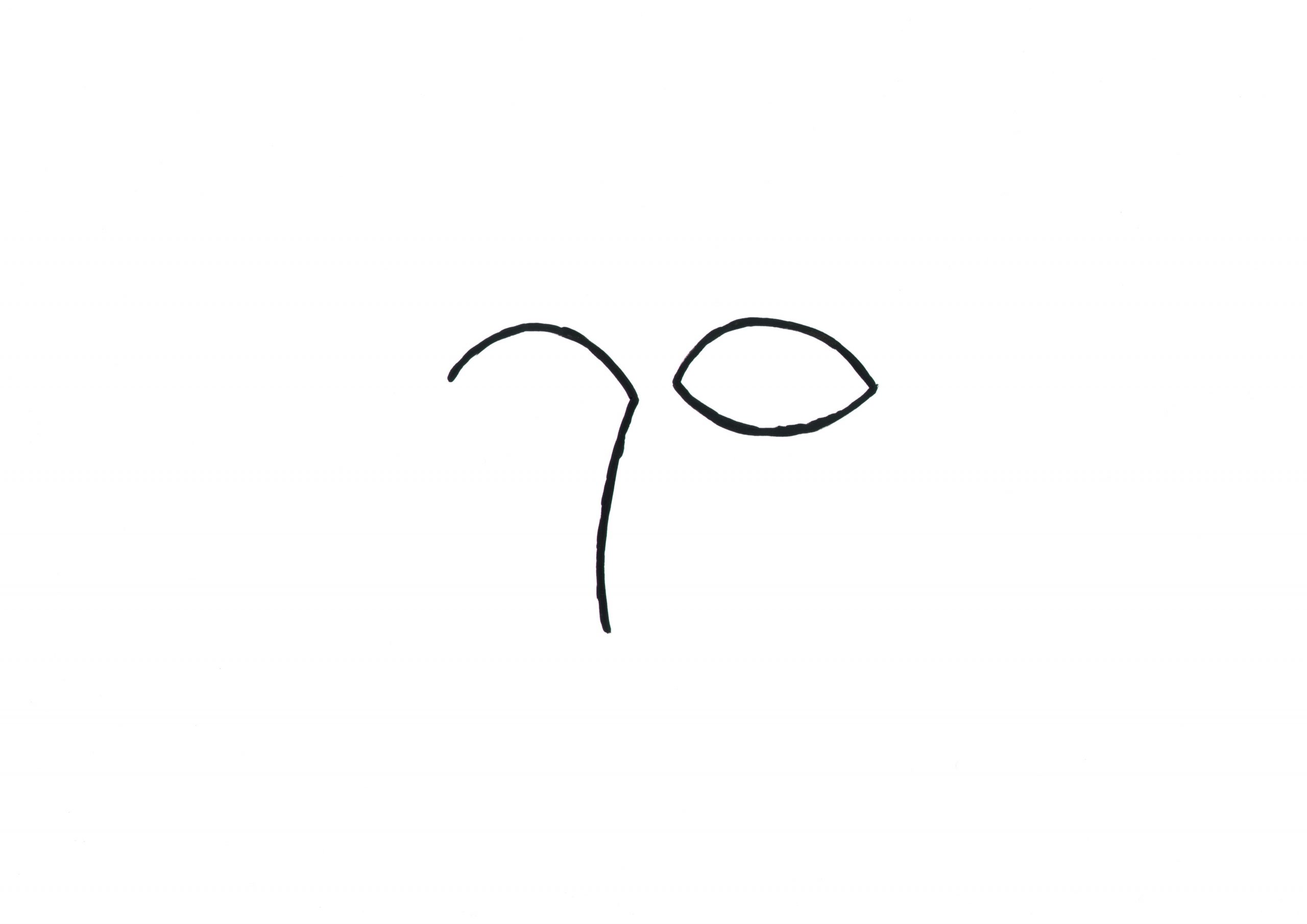
Usually it’s vice versa, don’t you think so?
No comments needed.
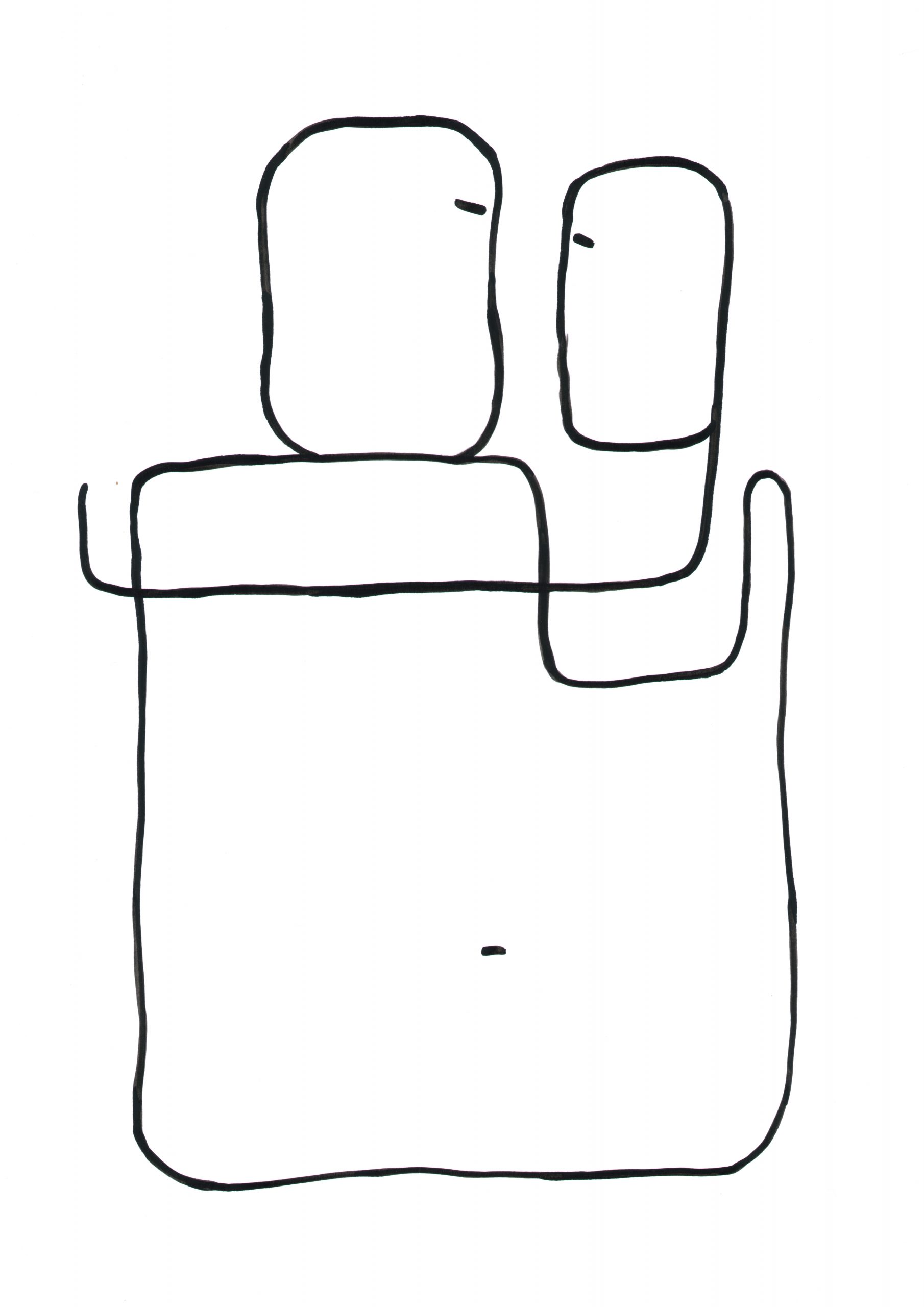
Comment: man – “8”, woman -” 9″.
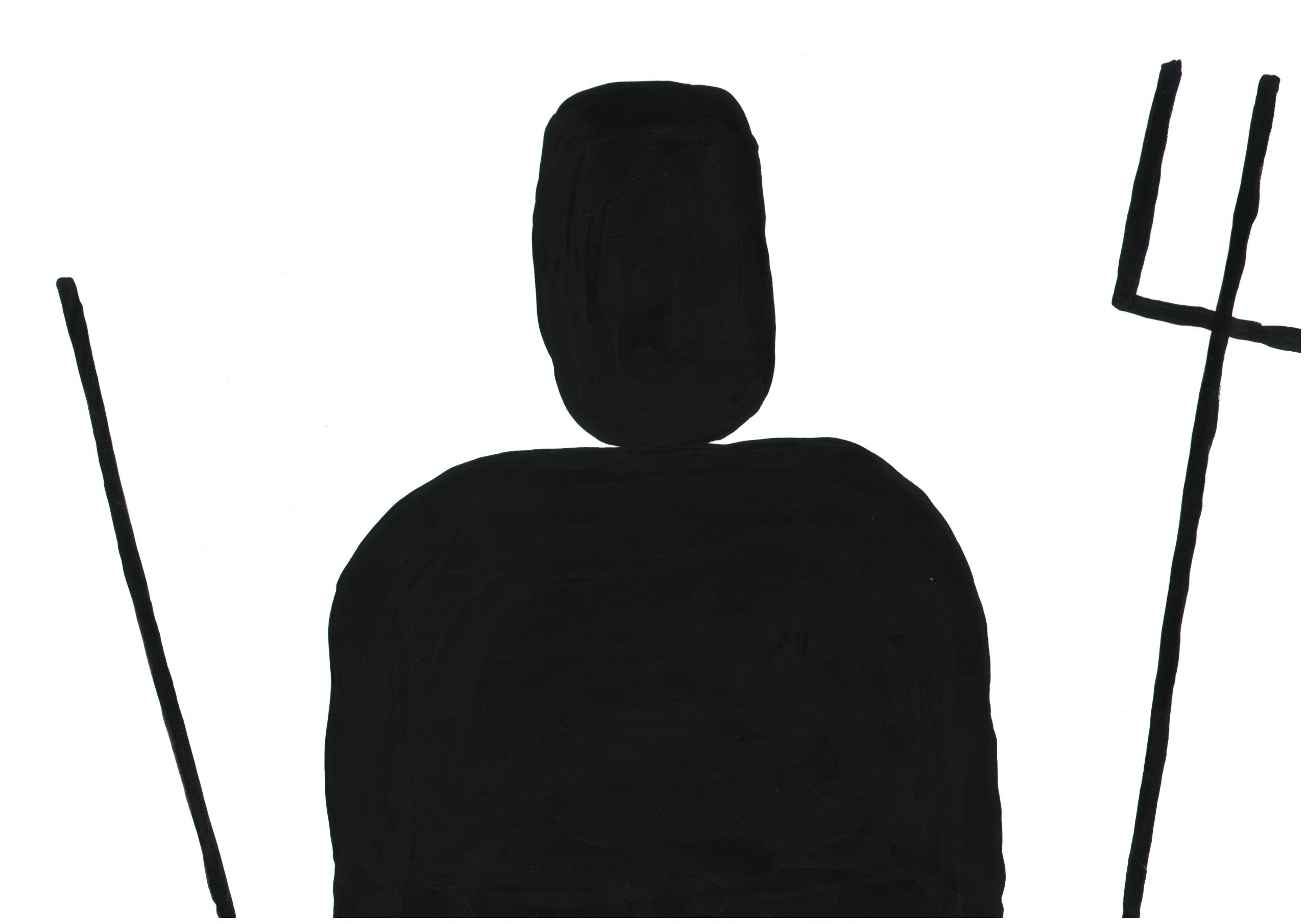
Comment: shovel or rake – “1”, man -” 8″, pitchfork – “4”.
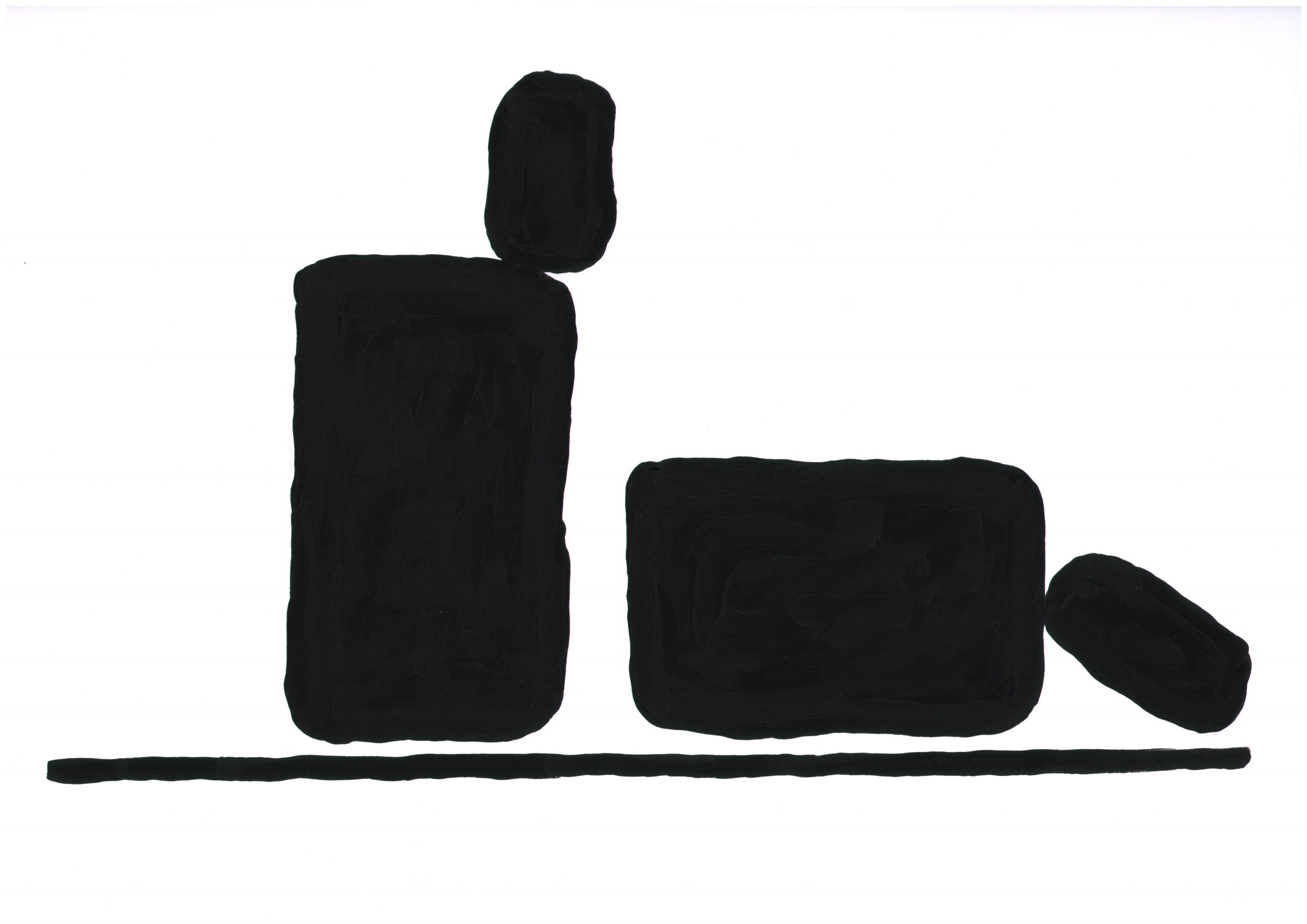
Comment: bed -“1”, man – “8”, woman – “8”.
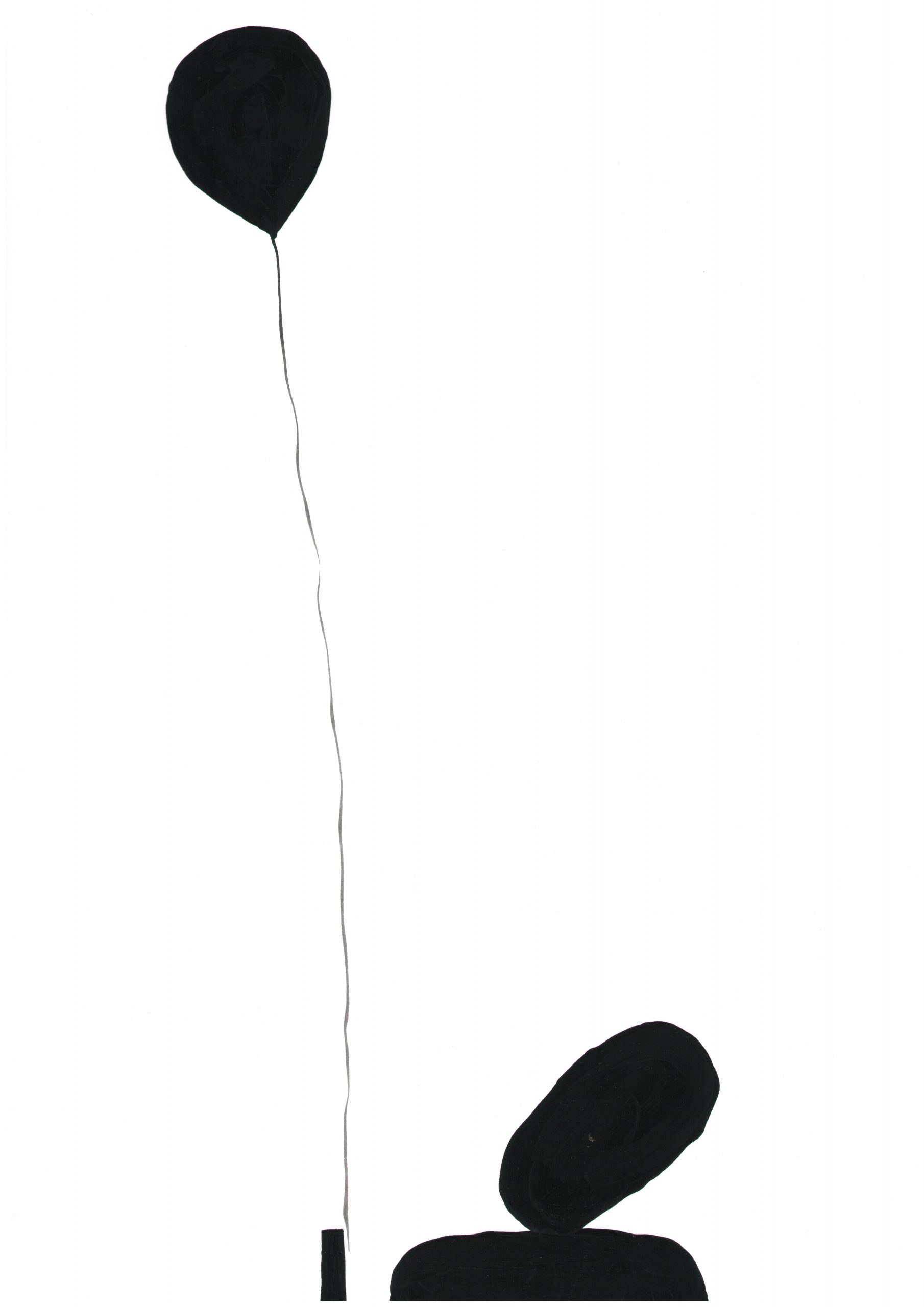
Comment: hand – “1”, balloon with a lace – ” 9″, kid – “8”.
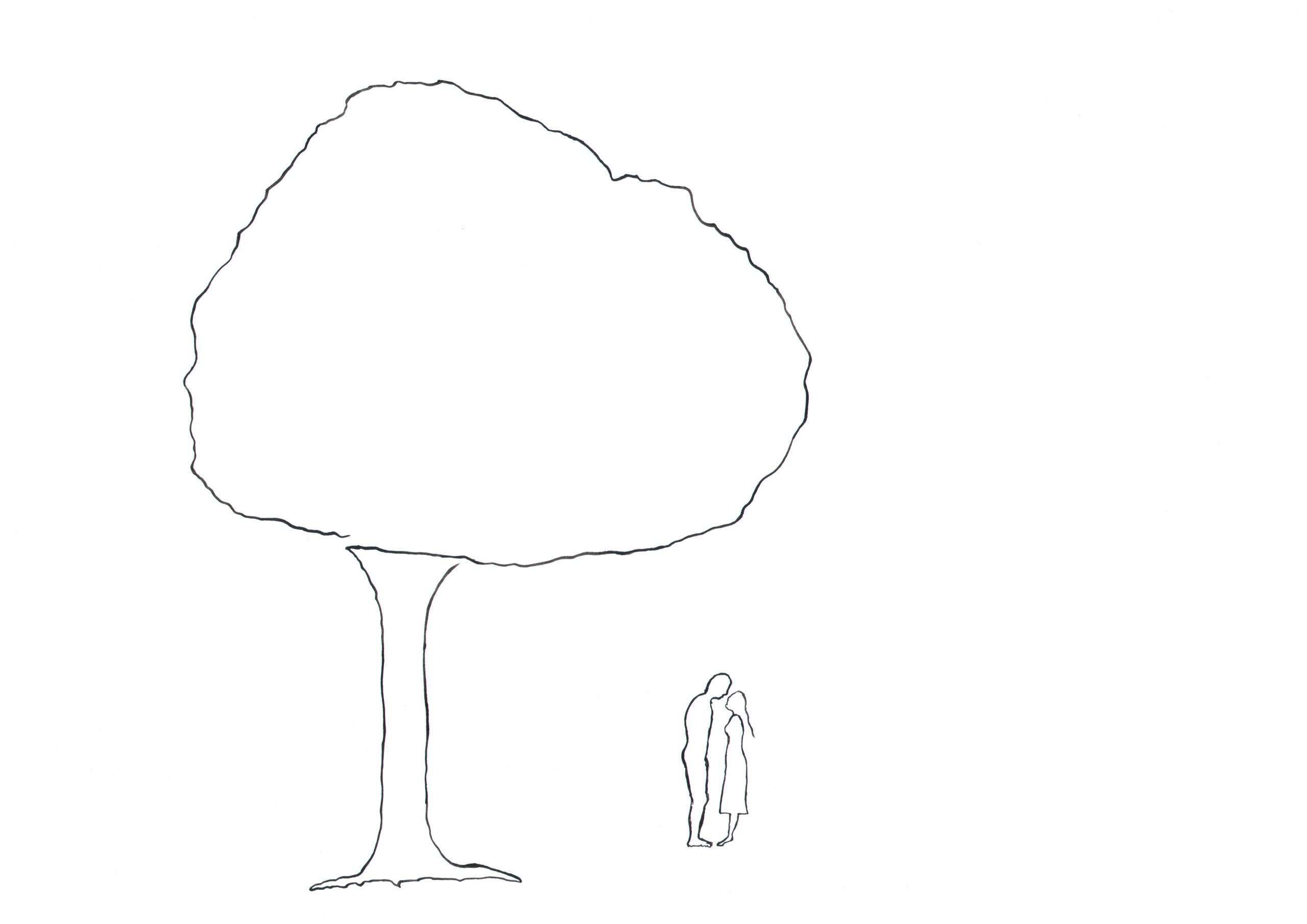
Comment: tree – “2”. As you can notice, the lower left part of the crown is not connected to the trunk and the upper right part of the trunk is not connected to the crown. Man – “0” (void figure). Woman – “6” (void figure in the lower part with a tail above).
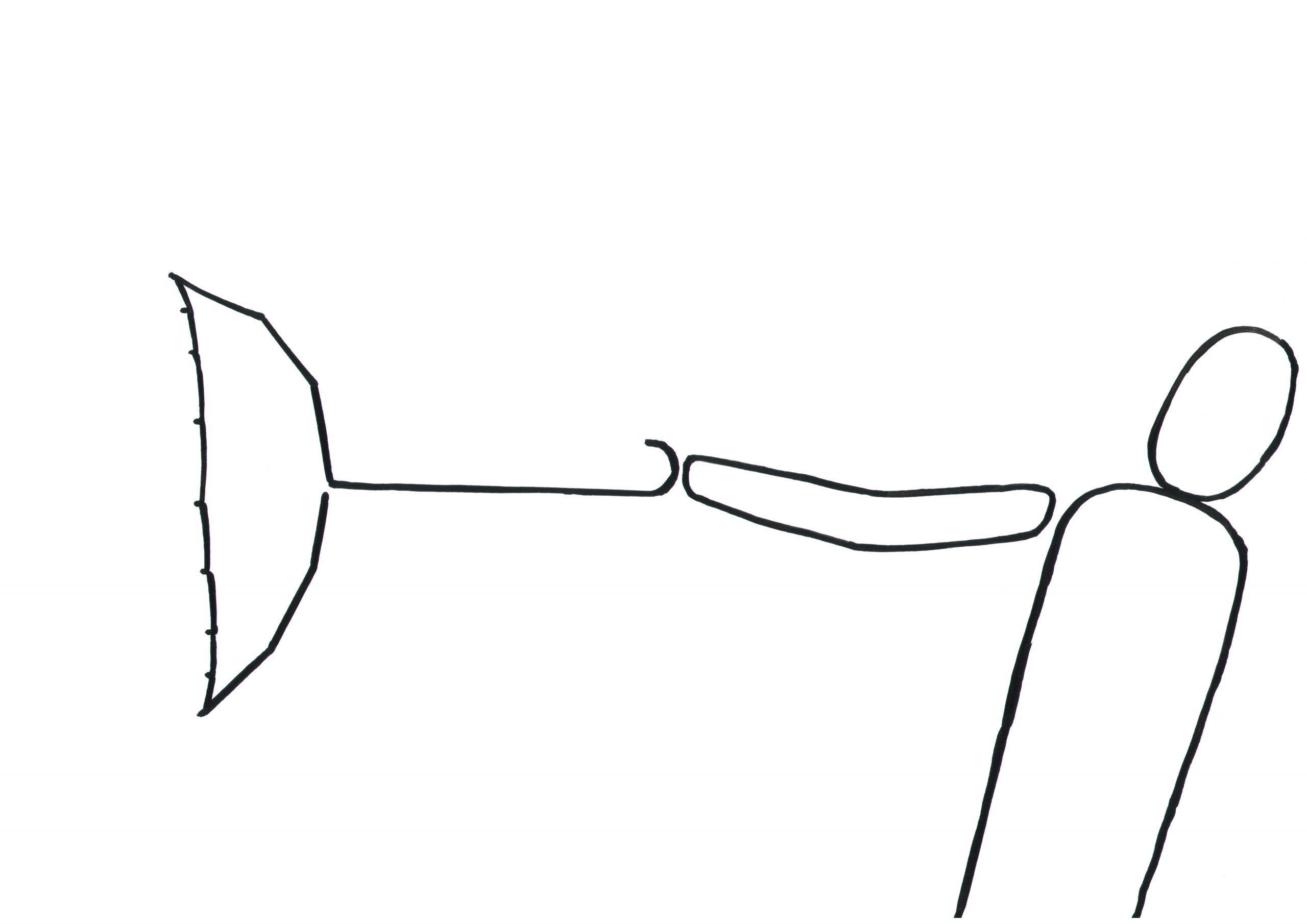
Comment: umbrella – “2” turned clockwise (90°). Hand – “0”. Man – “8”.
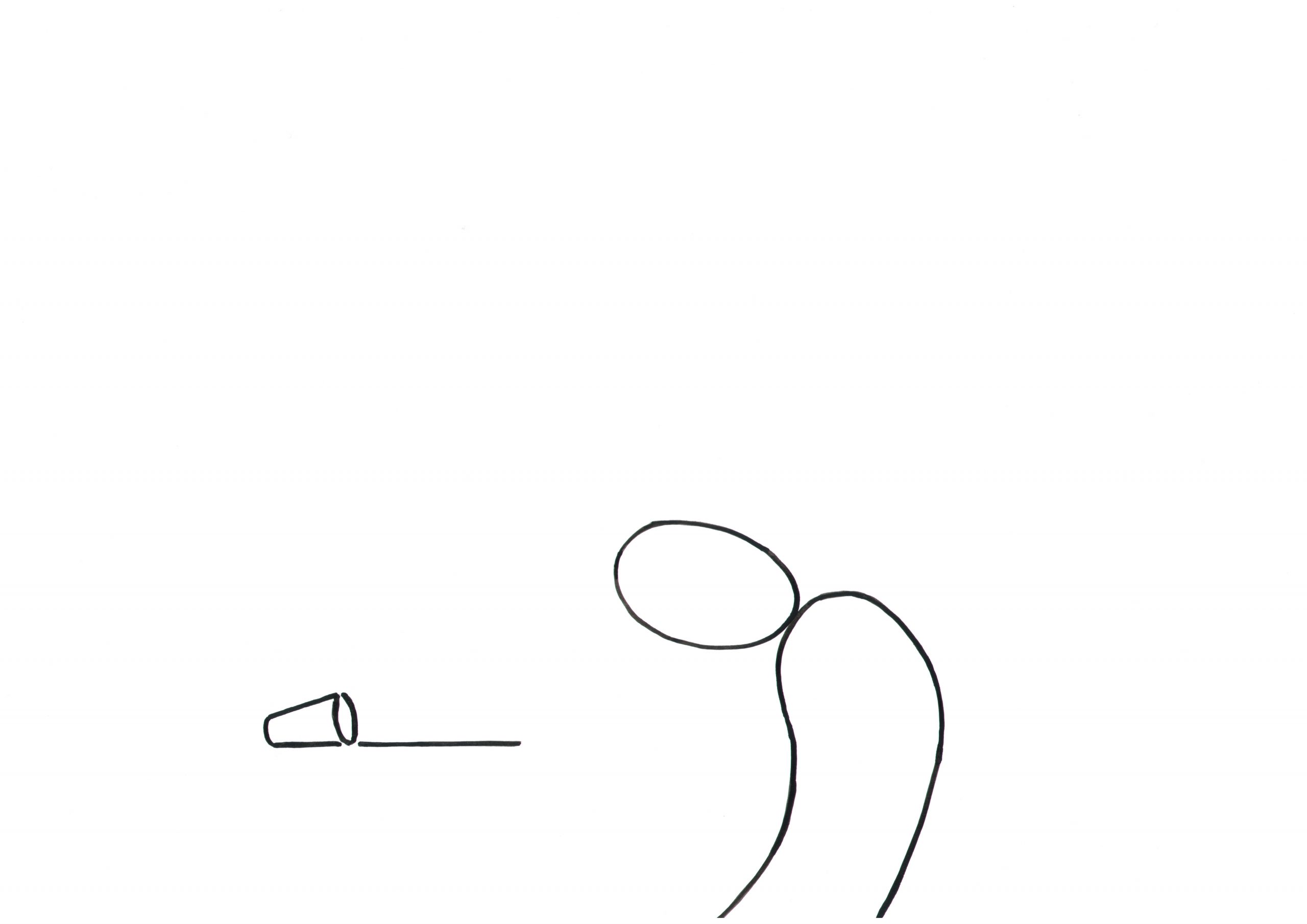
Comment: glass – “2” turned clockwise (90°). Spilled let’s say “wine” – “1”. Man – “8”.
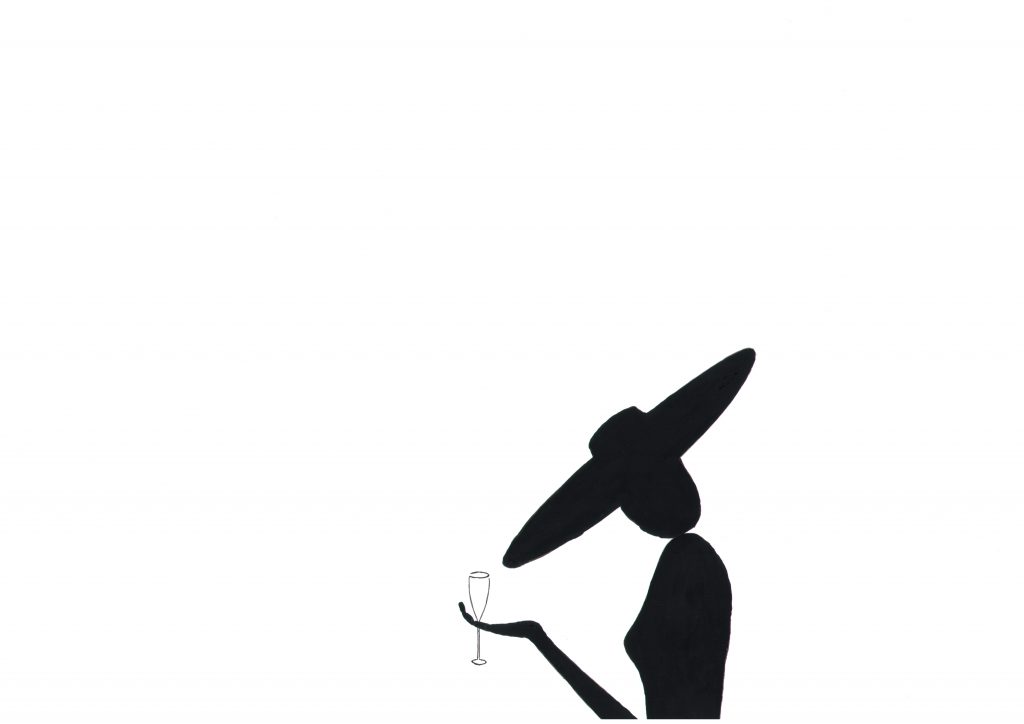
Comment: glass – “2”. Hand – “4”. Woman – “8”.
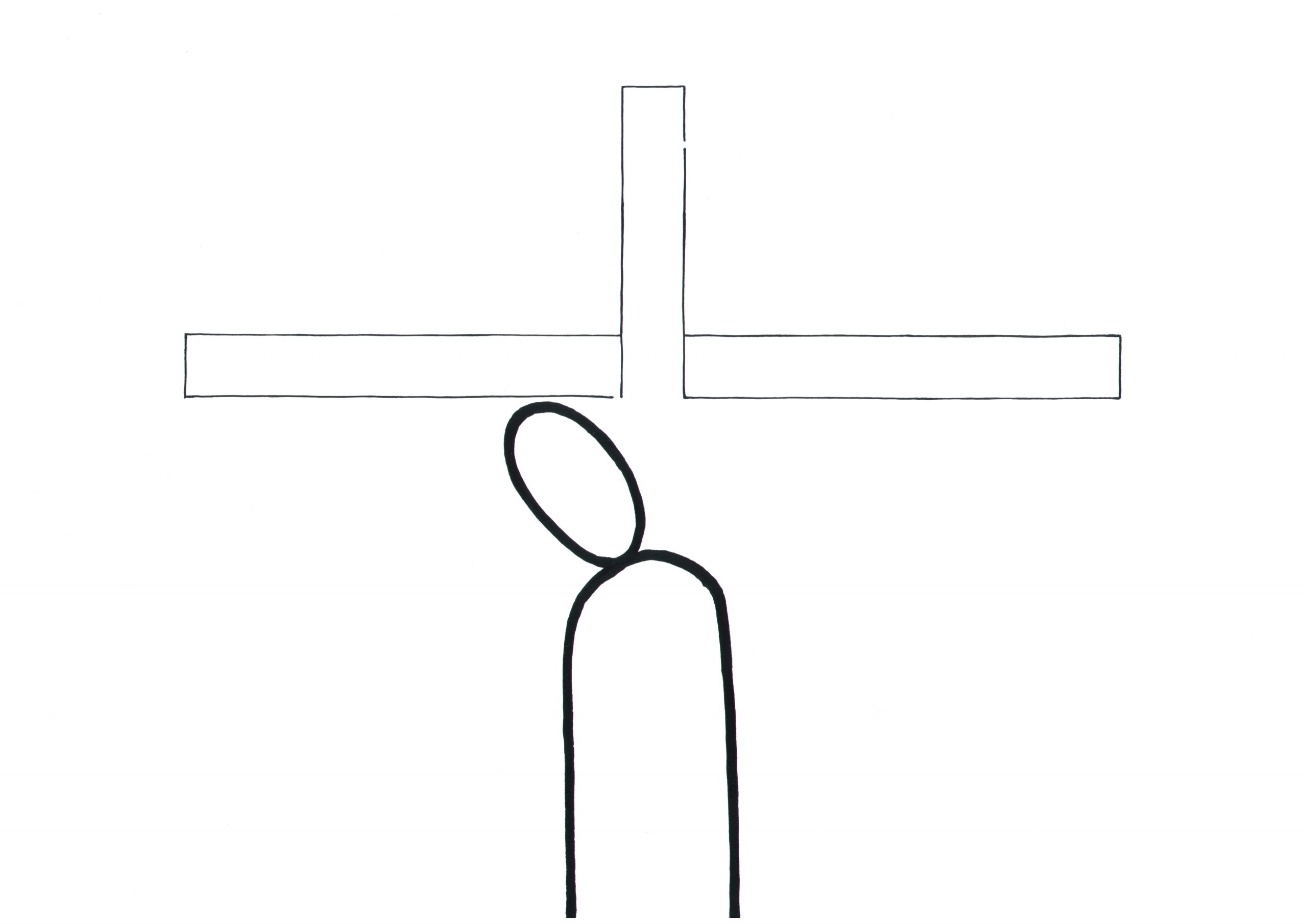
Comment: left and most of the upper part of the cross – “3” turned 180°. Man (you might know him) – “8”. Right part of the cross – “6”.
to be continued…
You Might Also Like:
Van Luong (1)
 Kjell Zillen (4)
Kjell Zillen (4) Mels Dees (9)
Mels Dees (9) Gao Yu (4)
Gao Yu (4)Katya Lebedev (1)
Juan Dies (1)
 Anastasia Prahova (2)
Anastasia Prahova (2)Nena Nastasiya (7)
Taarn Scott (6)
 Cynthia Fusillo (20)
Cynthia Fusillo (20)Roberta Orlando (8)
 Nanda Raemansky (25)
Nanda Raemansky (25) Eliane Velozo (22)
Eliane Velozo (22)Leyya Mona Tawil (1)
Julia Dubovyk (2)
Jianglong (2)
 Iara Abreu (23)
Iara Abreu (23) Agathe Simon (1)
Agathe Simon (1)Rosetta Allan (1)
Elizaveta Ostapenko (5)
 Valentin Boiangiu (2)
Valentin Boiangiu (2) Wesley John Fourie (9)
Wesley John Fourie (9) Renato Roque (3)
Renato Roque (3)Rosa Gauditano (5)
Neerajj Mittra (34)
Ciana Fitzgerald (5)
Boris Moz (3)
 Katerina Muravuova (5)
Katerina Muravuova (5)Kyla Bernberg (1)
 Muyuan He (1)
Muyuan He (1)Liza Odinokikh (2)
 Amalia Gil-Merino (2)
Amalia Gil-Merino (2)Paulo Carvalho Ferreira (6)
 Anastasiia Komissarova (2)
Anastasiia Komissarova (2) Yumiko Ono (1)
Yumiko Ono (1) Stefania Smolkina (1)
Stefania Smolkina (1)Lena Adasheva (1)
 Zahar Al-Dabbagh (1)
Zahar Al-Dabbagh (1) Emily Orzech (6)
Emily Orzech (6) Fernanda Olivares (5)
Fernanda Olivares (5) Noor van der Brugge (3)
Noor van der Brugge (3) Ira Papadopoulou (2)
Ira Papadopoulou (2) Tom Chambers (8)
Tom Chambers (8) Titi Gutierrez (3)
Titi Gutierrez (3) Franz Wanner (2)
Franz Wanner (2) Crystal Marshall (6)
Crystal Marshall (6) Transpositions III (36)
Transpositions III (36) Riddhi Patel (3)
Riddhi Patel (3) Michele Kishita (2)
Michele Kishita (2)Damian Carlton (4)
 Deanna Sirlin (1)
Deanna Sirlin (1) Laura Salerno (3)
Laura Salerno (3) Nina Annabelle Märkl (12)
Nina Annabelle Märkl (12) Elina Fattakhova (1)
Elina Fattakhova (1) Tasha Hurley (1)
Tasha Hurley (1) Ian Hartley (2)
Ian Hartley (2) Laurence de Valmy (2)
Laurence de Valmy (2) Ilia Bouslakov (5)
Ilia Bouslakov (5) Andrea Ahuactzin Pintos (4)
Andrea Ahuactzin Pintos (4) Sveta Nosova (3)
Sveta Nosova (3)Carlos Carvalho (1)
 Maria Timofeeva (1)
Maria Timofeeva (1) Jinn Bug (2)
Jinn Bug (2) Johannes Gerard (3)
Johannes Gerard (3)Irène Mélix (1)
 Aba Lluch Dalena (3)
Aba Lluch Dalena (3) Fabian Reimann (1)
Fabian Reimann (1)Natalia Gourova (1)
 Kate Finkelstein (4)
Kate Finkelstein (4)Raina Greifer (1)
James McCann (2)
Naza del Rosal Ortiz (1)
 Jay Critchley Jay Critchley (1)
Jay Critchley Jay Critchley (1) Vicky Clarke (4)
Vicky Clarke (4) Maria Silva (4)
Maria Silva (4) Shir Cohen (5)
Shir Cohen (5) Peter Shenai (4)
Peter Shenai (4) Bo Choy (4)
Bo Choy (4)Alina Orlov (2)
 Olga Popova (3)
Olga Popova (3) Coco Spencer (2)
Coco Spencer (2) Filippo Fabbri (2)
Filippo Fabbri (2)Daniele Leonardo (5)
 SISTERS HOPE (1)
SISTERS HOPE (1) Scenocosme : Gregory Lasserre & Anais met den Ancxt (4)
Scenocosme : Gregory Lasserre & Anais met den Ancxt (4) Anne Fehres & Luke Conroy (6)
Anne Fehres & Luke Conroy (6) Olesya Ilenok (2)
Olesya Ilenok (2) Marie-Eve Levasseur (4)
Marie-Eve Levasseur (4) Natalia Tikhonova (2)
Natalia Tikhonova (2)Ildar Iakubov (1)
 Evgeniy Lukuta (7)
Evgeniy Lukuta (7) Jarkko Räsänen (5)
Jarkko Räsänen (5)Maria Guta (6)
Egle Kulbokaite Dorota Gaweda (6)
Thomas Kotik (1)
 Andrea Stanislav (3)
Andrea Stanislav (3)Ludmila Belova (1)
Alena Levina (1)
 Ilia Symphocat (2)
Ilia Symphocat (2)Yevgeniy Fiks (1)
Star Trauth (18)
Jyoti Arvey (1)
Les Joynes (2)
 Ekaterina Ivanova (1)
Ekaterina Ivanova (1) Lev Shusharichev (1)
Lev Shusharichev (1)Michael Stebackov (5)
Ryan Griffith (3)
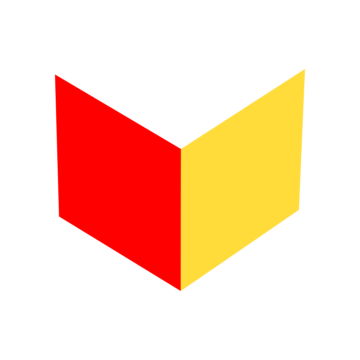
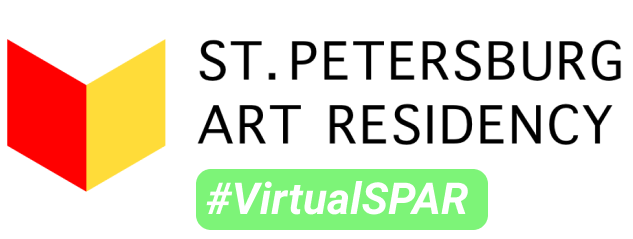
2 Comments
Dear Ilia, thank you for your post!
Such a curious mix of life spheres! I like also your idea of the series and your principles for it. Don’t you have another one by the way: to use only Arabic figures?
Except Roman, I knew about exotic even for us Cyrillic numerals. That’s crazy, isn’t that?
Nazar, thanks for your feedback.
You are right, I only work with Arabic numerals, as I have been using them all my life. Using some exotic system would make my work completely incomprehensible, which contradicts another principle of the project – simplicity.
Who knows, maybe one day another “crazy maths artist” (like me) will experiment with these forgotten counting systems … You can always give it a try)